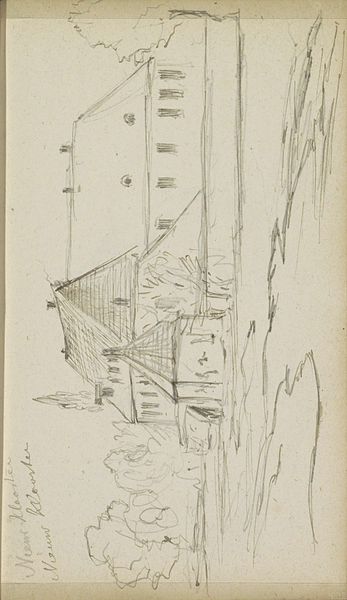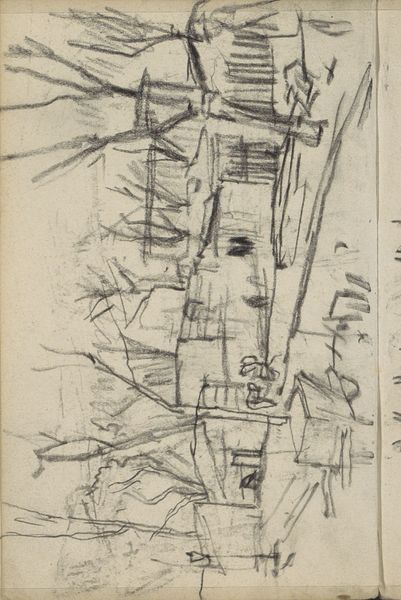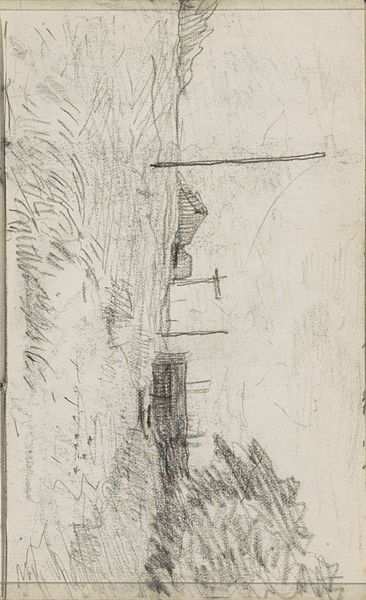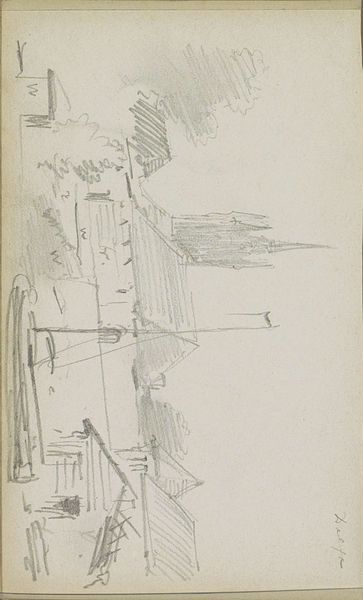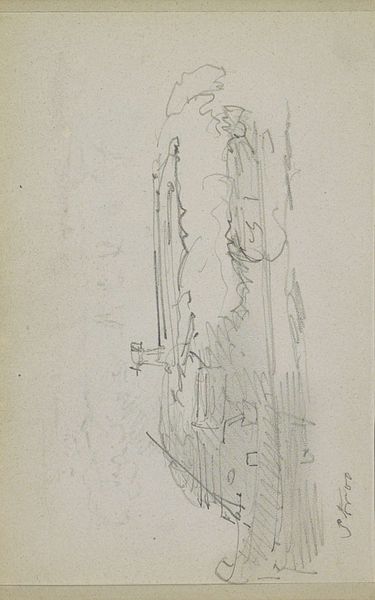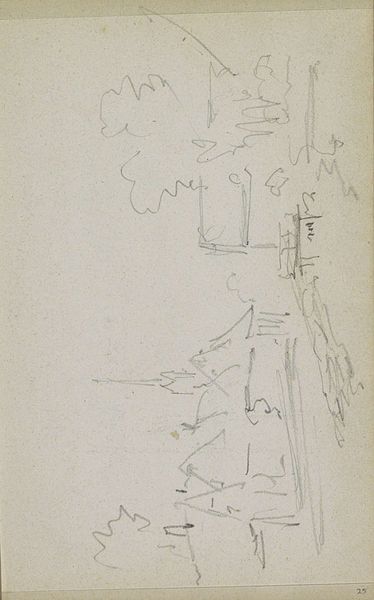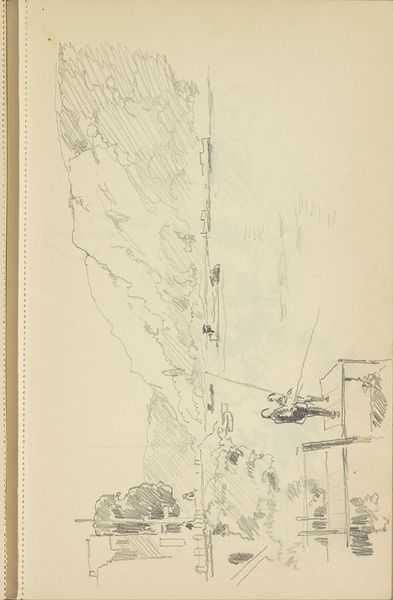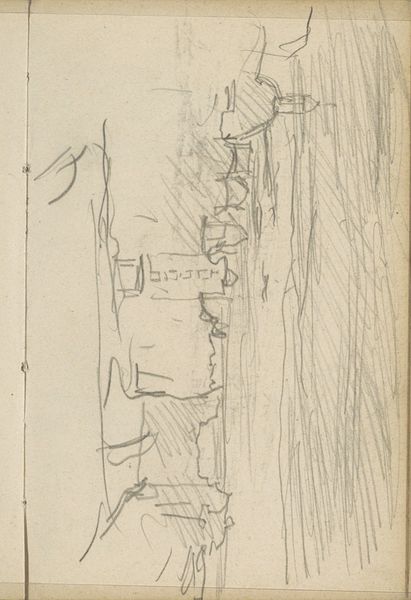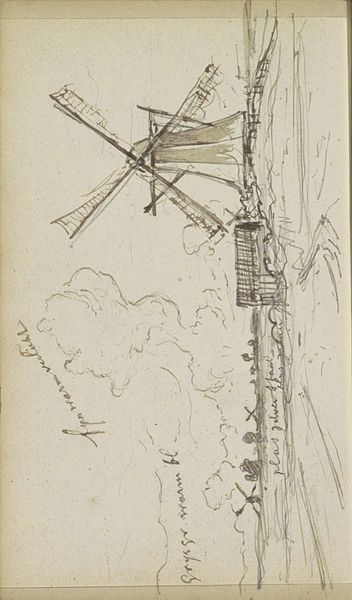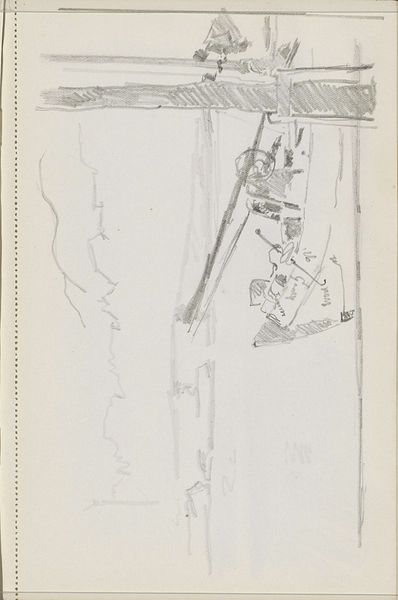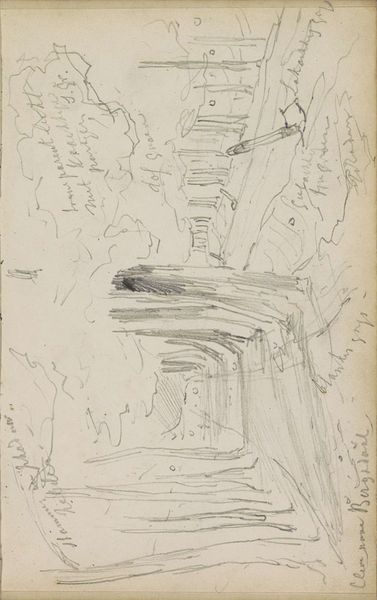
drawing, pencil
#
drawing
#
landscape
#
geometric
#
pencil
#
line
#
realism
Copyright: Rijks Museum: Open Domain
Johannes Tavenraat made this sketch of a landscape with windmills and a figure by a ditch in 1868. The scene immediately evokes the Netherlands, a country known for its windmills that have been used for centuries to drain water and grind grain. This image creates meaning through its visual codes, cultural references and historical associations. In the 19th century the Netherlands was undergoing significant social and economic changes, moving from an agrarian society to a more industrialized one. Windmills, once vital to the Dutch economy, were slowly being replaced by steam-powered pumps. Consider the figure by the ditch. Is Tavenraat commenting on the changing social structures of his time? Is this landscape self-consciously conservative, harking back to a simpler time, or is it progressive, acknowledging the inevitability of progress? The role of the historian is crucial in interpreting art such as this, using research resources to better understand the social and institutional context in which it was created. The meaning of art is contingent on these factors.
Comments
No comments
Be the first to comment and join the conversation on the ultimate creative platform.
